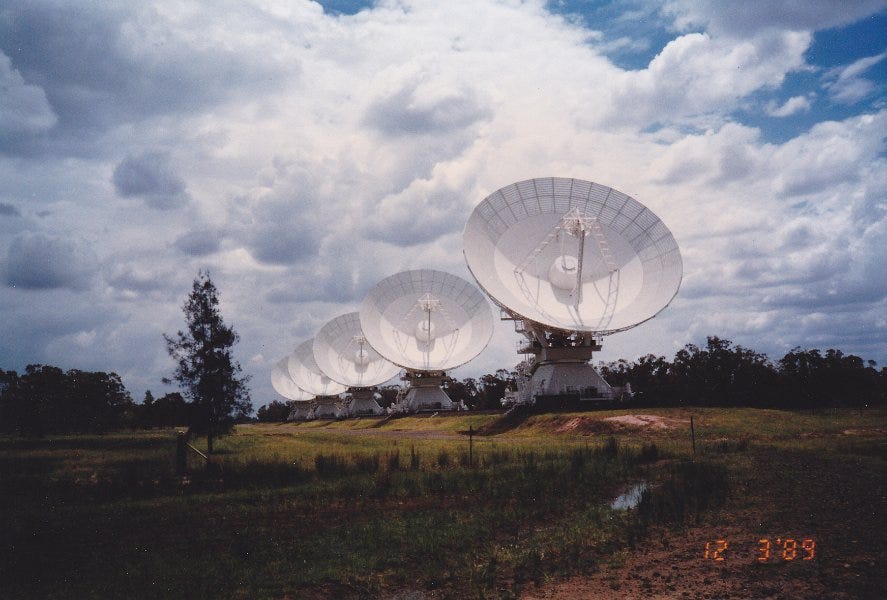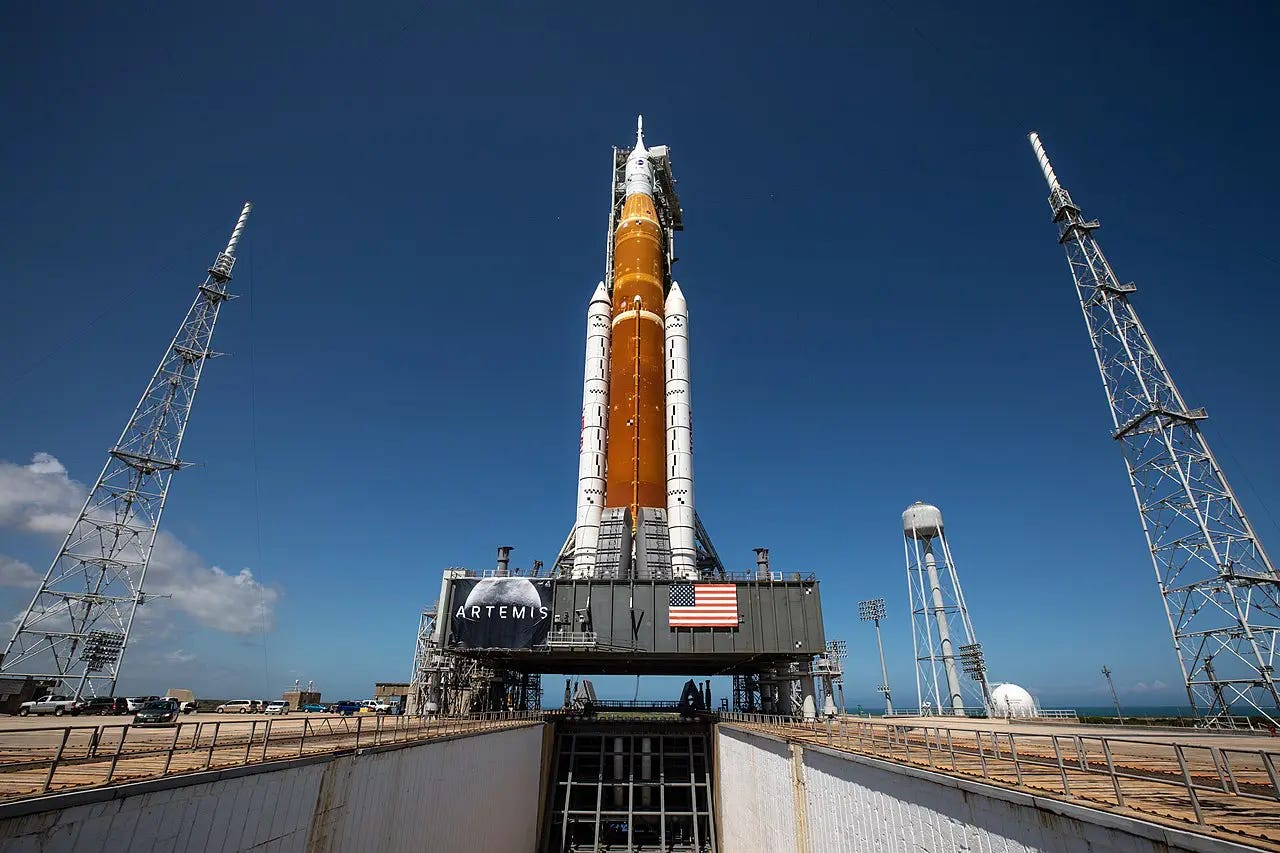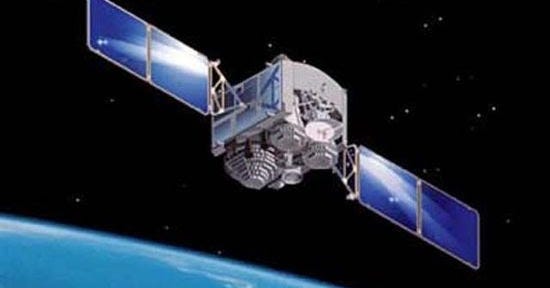Weekly - Breakthrough antenna to detect hidden cosmic radiation and more
🟤 Weekly Space News - Quick and Easy.
Our Engagement Palette!
We’re excited to share a new colour-coded system for SpaceBlaze:
🟤 Brown: For posts that are mundane and bland.
🟡 Yellow: For fairly interesting posts.
🟢 Green: For our most engaging posts.
This Palette will help you decide which post is worth your time!
*Applicable only for Weekly Space News
This week’s post ranks brown🟤 on the Engagement Palette.
Breakthrough antenna to detect hidden cosmic radiation
Last week, researchers at the Raman Research Institute (RRI) in Bangalore announced that they had just developed a breakthrough antenna that CRR radiation. But what is CRR radiation? After a recent visit to the institute by SpaceBlaze, here’s what we can tell you:
Shortly after the Big Bang, hydrogen and helium atoms formed, emitting radiation known as the Cosmic Microwave Background. As the universe expanded, this radiation stretched, becoming faint and harder to detect—this is CRR radiation.
However, this won’t be the case much longer. as RRI’s latest antenna, specialises in the 2.5-4 GHz frequency range (optimal for CRR detection). The antenna is set to give its first results by May 2025 and will no doubt help us learn a lot more about the early universe.
Artemis mission delayed to 2026
Artemis 2 mission, part of the larger program by NASA to send humans back to the moon has been delayed due to issues with the capsule’s heat shield which protects astronauts when reentering the earth. The Artemis 2 mission was intended to send astronauts into an orbit around the moon and return them to Earth but NOT land yet. The landing was to be part of Artemis 3. Artemis 2, initially planned for September 2025 has been delayed to April 2026.
Astrosat captures 4 supernova in the process of erupting
Last week, scientists working on data from ISRO’s Astrosat discovered over 42 supernovae in the milkyway’s closest neighbhouring galaxy, Andromeda. A supernova is a massive explosion by a star at the end of its life. The data from Astrosat also reveiled 4 supernovae in the process of erupting. This is also the first time supernovae have been observed to be emitting a specific kind of ultraviolet radiation.




